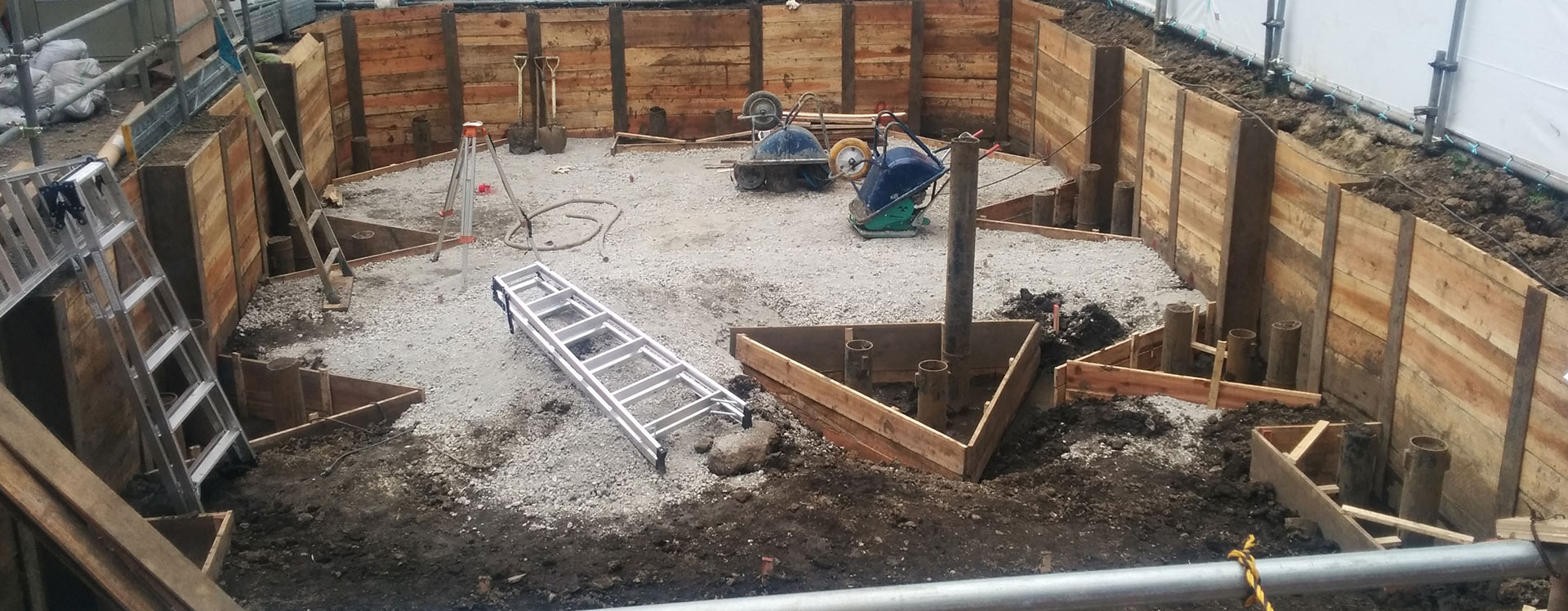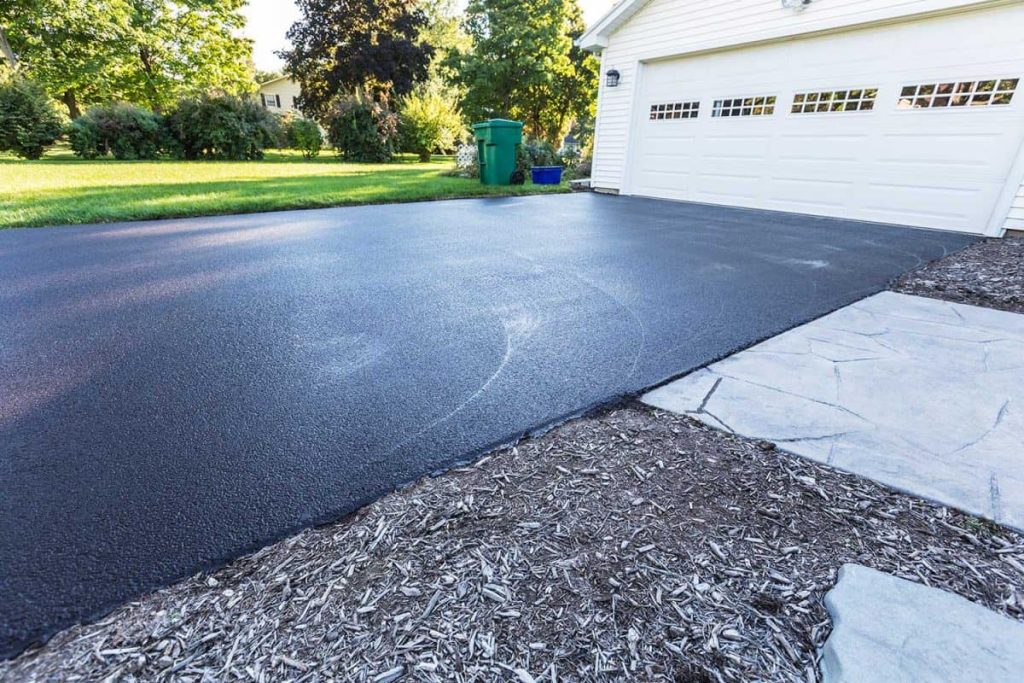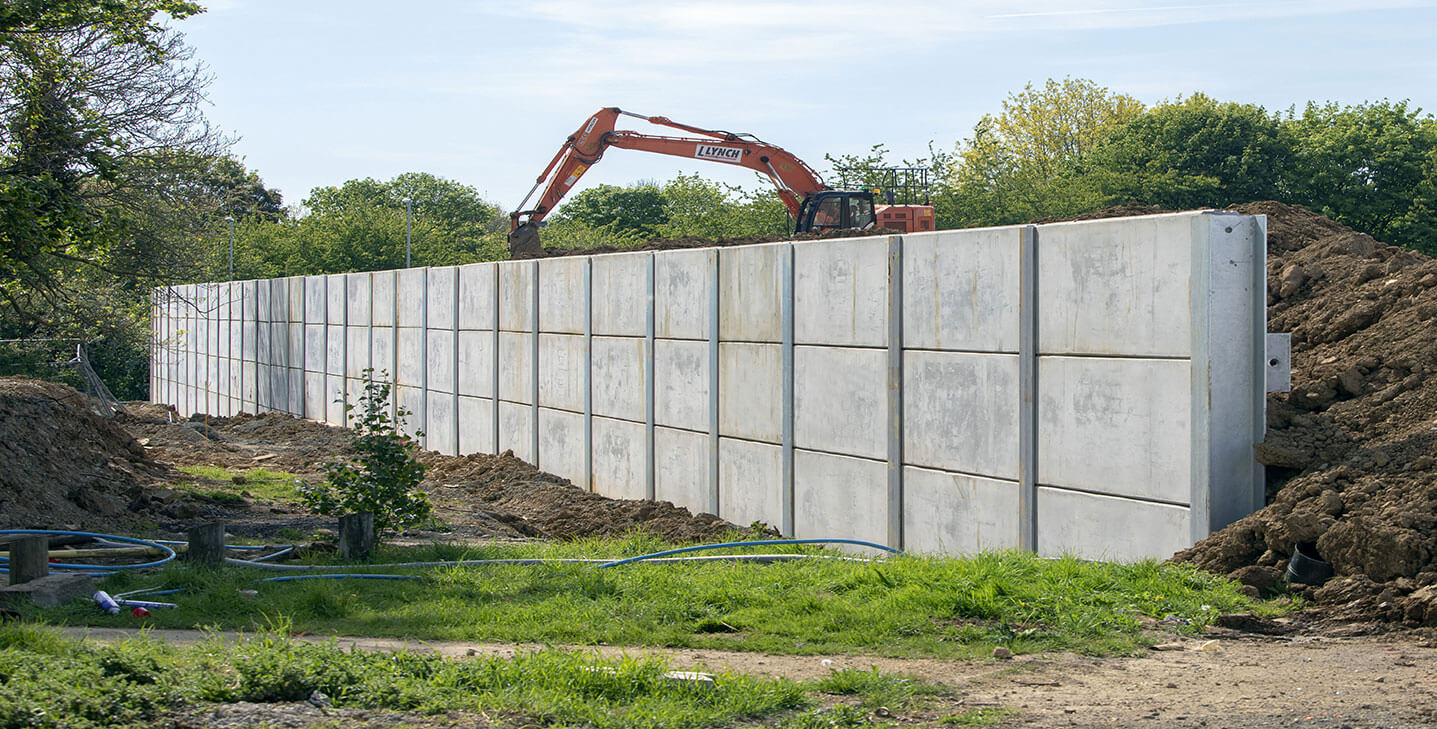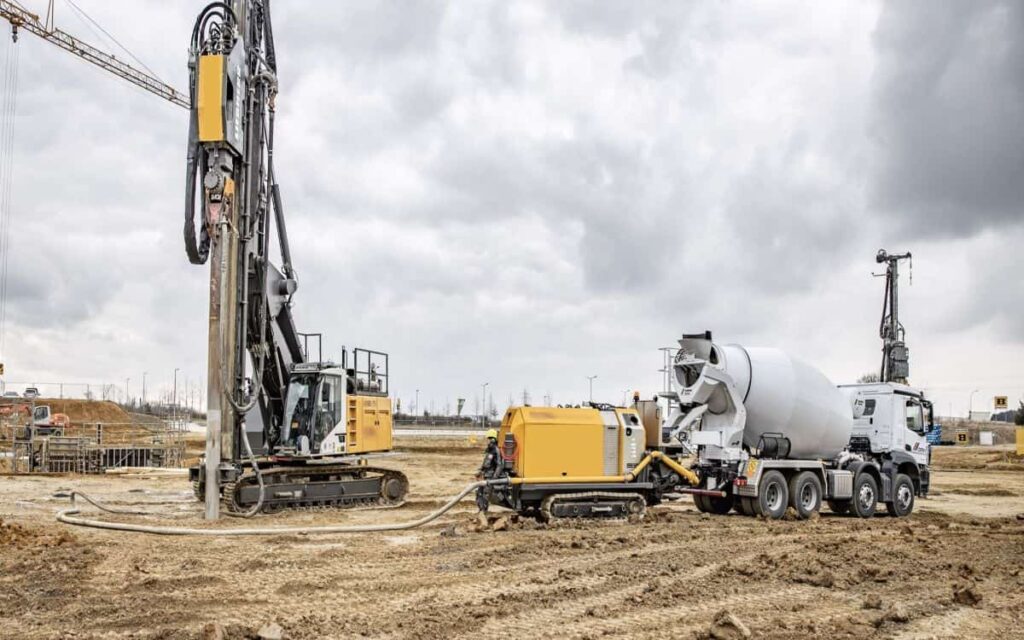The strength and durability of any structure is mainly due to its foundations. If the base isn’t strong or stable, your structure may collapse after a short time. Foundation errors can lead to severe damage to the property, including cracks in walls, uneven floors, sticking doors, and other similar problems. Whenever you notice these things, it means the foundations have some underlying issues.
You can opt for different solutions to fix the foundation problems. One of the most effective and permanent solutions is to underpinning. It provides the foundational support to your structures and makes them more durable. Underpinning for foundations is required when the existing foundations are not strong enough to handle the load of the structure. Before you opt for this solution, you should know some basic details about it. In this post, we will tell you everything you need to know about underpinning.
When You Need Underpinning?
Underpinning is primarily needed when the stability of the existing foundations is compromised in any way. The following are the primary signs you should immediately opt for underpinning.
Visible Structural Damage
When foundations get weaker or damaged, it leads to visible structural damage. This damage is mainly observed on the walls in the form of cracks and holes. When foundations fail to support the structure, it starts getting damaged.
Uneven Floor
The foundations provide direct support to the floor. When they get weak, you can observe a visible impact on the floor. It will become uneven due to a lack of underground support. As a result, the chances of collapses and further damages will increase.
Sticking Doors and Windows
When the floor becomes uneven and walls start cracking, it will impact the functionality of doors and windows. Your doors will stick when you try to open or close them. If the damage is to a high extent, they can become immobile and stop working.
Foundation Erosion
The primary reason behind damage to the foundations is soil erosion. When soil fails to support the foundations, they start eroding and getting damaged. Similarly, drainage issues with the property will also lead to foundational damages. If you notice these signs, it means your building’s foundations are becoming weak and need to be addressed immediately.
Importance of Underpinning
To understand why you need underpinning, you should explore its importance. The following are the main points that highlight the importance of underpinning for the stability and structural integrity of your building.
Structural Stability
The first thing it does is that it provides stability to the structure. The process usually involves reinforcement or other techniques to support the foundations of the building. When foundations are strong, it will ultimately lead to structural stability.
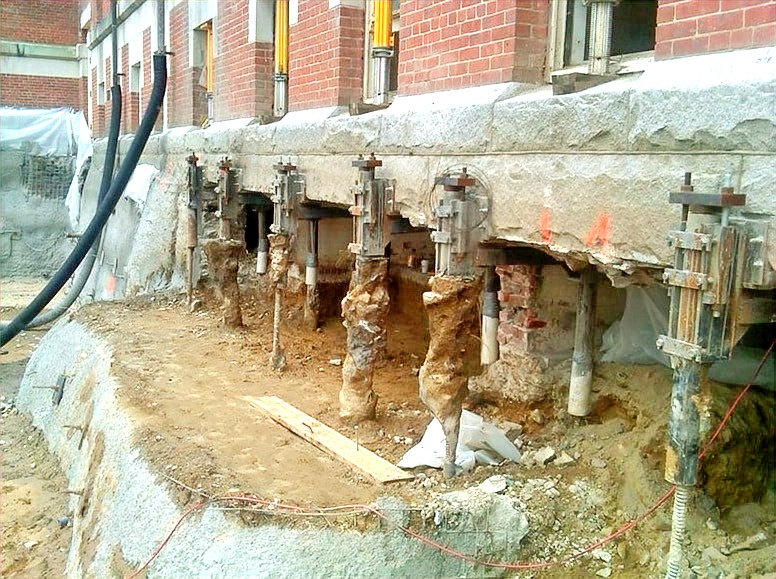
Prevent Further Damage
As you know, weak foundations will start damaging the structure. If left unnoticed, this damage will keep on increasing and may ultimately lead to the collapse of the building. Underpinning will fix issues with the foundations and prevent future damage.
Safety Assurance
By underpinning, your building will get the maximum foundation support. It will ultimately assure the safety of your structure.
Preserve Value
When your building’s foundations are not strong enough, it leads to damage to the property, especially walls and floors. These damages are often visible and impact the value of the property. By opting for underpinning, these damages can be reversed. As a result, your property will not be devalued.
Types of Underpinning
You can contact an underpinning company in Essex or elsewhere for underpinning of different types. The following are the major types of underpinning you can opt for to preserve the structure of your building.
Mass Concrete Underpinning
This type of underpinning involves excavation of the soil beneath the existing foundations. After that, concrete or reinforced concrete is poured to provide support to the foundations. When set, the soil is poured back and it will stabilise the structure.
Pile Underpinning
Piling is one of the most commonly used methods to provide support to existing structures. You can choose from an extensive range of piles based on the type of building and where it is located. The extent of damage will also affect the choice of piling. Piles are installed using different approaches to distribute the loads evenly.
Jet Grouting
It’s one of the most innovative approaches to stabilise the structure. It is mainly used when foundations are getting damaged due to soil erosion. It is the installation of a high-pressure grout in the soil. It will ultimately lead to the creation of a vacuum column between the ground and the foundations.
Mini Piled Underpinning
Mini piles are among the most significant types of support to the foundation. Mini piles are easy to install and can be used to provide maximum support to the existing structures.
Bottom Line
Underpinning is one of the most effective approaches to provide the maximum support to the existing structures and stabilise them. Whenever you observe your property is getting damaged due to foundation issues, immediately opt for underpinning.
